Emerging Technologies in Diagnostics
Emerging technologies in diagnostics are significantly influencing the Candida Auris Infection Market. The development of rapid and accurate diagnostic tools is essential for the timely identification of Candida Auris infections, which can be challenging due to the organism's unique characteristics. Innovations such as molecular diagnostics and next-generation sequencing are gaining traction, enabling healthcare providers to detect infections more efficiently. The market for diagnostic tests is projected to expand, driven by the need for rapid results that can inform treatment decisions. As healthcare systems increasingly adopt these advanced technologies, the Candida Auris Infection Market is likely to benefit from enhanced diagnostic capabilities, leading to improved patient management and outcomes. The integration of cutting-edge diagnostic solutions is expected to play a crucial role in controlling the spread of Candida Auris and addressing the public health threat it poses.
Rising Incidence of Candida Auris Infections
The increasing incidence of Candida Auris infections is a primary driver for the Candida Auris Infection Market. Reports indicate that the prevalence of this multidrug-resistant fungus has surged in healthcare settings, particularly among immunocompromised patients. The Centers for Disease Control and Prevention (CDC) has noted a significant rise in cases, with estimates suggesting thousands of infections annually. This alarming trend necessitates enhanced infection control measures and the development of effective treatment options, thereby propelling market growth. As healthcare facilities grapple with outbreaks, the demand for antifungal therapies and diagnostic tools is expected to escalate, further stimulating the Candida Auris Infection Market. The urgency to address this public health challenge is likely to drive investments in research and development, fostering innovation in antifungal agents and diagnostic technologies.
Increased Investment in Research and Development
Investment in research and development is a crucial driver for the Candida Auris Infection Market. Pharmaceutical companies and research institutions are increasingly allocating resources to understand the biology of Candida Auris and to develop novel antifungal therapies. The market is witnessing a surge in funding aimed at discovering new compounds that can effectively combat this resistant pathogen. According to recent data, the antifungal drug market is projected to grow significantly, with a compound annual growth rate (CAGR) of over 5% in the coming years. This investment not only supports the development of innovative treatments but also enhances diagnostic capabilities, which are essential for timely identification and management of infections. As the scientific community intensifies its focus on Candida Auris, the market is likely to benefit from breakthroughs that could transform treatment paradigms and improve patient outcomes.
Regulatory Support for Antifungal Drug Development
Regulatory support for antifungal drug development is emerging as a significant driver for the Candida Auris Infection Market. Regulatory agencies are recognizing the urgent need for new antifungal therapies to address the challenges posed by resistant pathogens. Initiatives aimed at expediting the approval process for novel antifungal agents are being implemented, which could potentially shorten the time to market for innovative treatments. This regulatory environment encourages pharmaceutical companies to invest in research and development, knowing that there is a pathway for bringing effective therapies to patients more swiftly. As a result, the Candida Auris Infection Market is likely to experience an influx of new products designed to combat this formidable pathogen, enhancing treatment options available to healthcare providers and improving patient outcomes.
Growing Awareness and Education on Antifungal Resistance
The growing awareness and education surrounding antifungal resistance play a pivotal role in shaping the Candida Auris Infection Market. Healthcare professionals and the public are becoming increasingly informed about the dangers posed by resistant strains of fungi, including Candida Auris. Educational campaigns led by health organizations emphasize the importance of proper infection control practices and the prudent use of antifungal medications. This heightened awareness is likely to drive demand for effective diagnostic tools and treatment options, as healthcare providers seek to mitigate the risks associated with resistant infections. Furthermore, as awareness spreads, there may be a corresponding increase in funding for research initiatives aimed at combating antifungal resistance, thereby fostering growth within the Candida Auris Infection Market. The emphasis on education is expected to lead to improved clinical practices and better patient management.


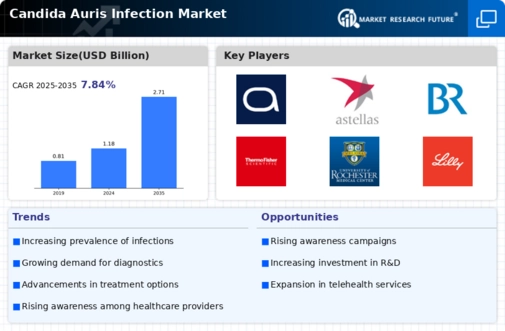
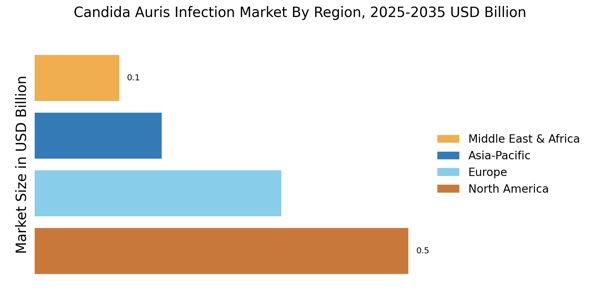
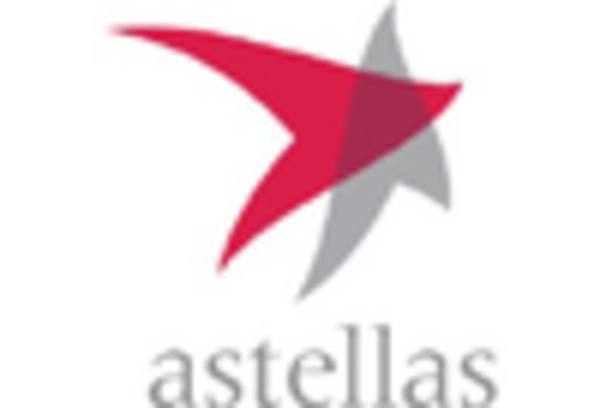

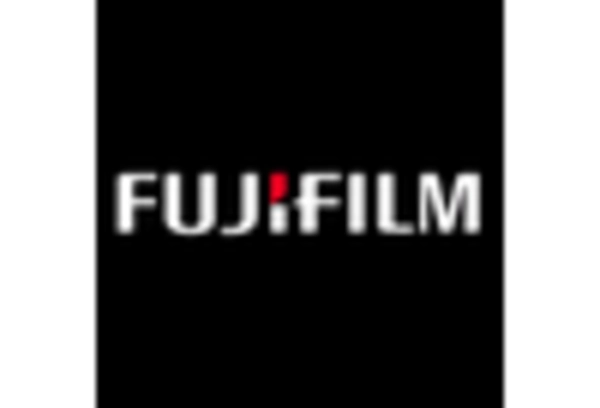
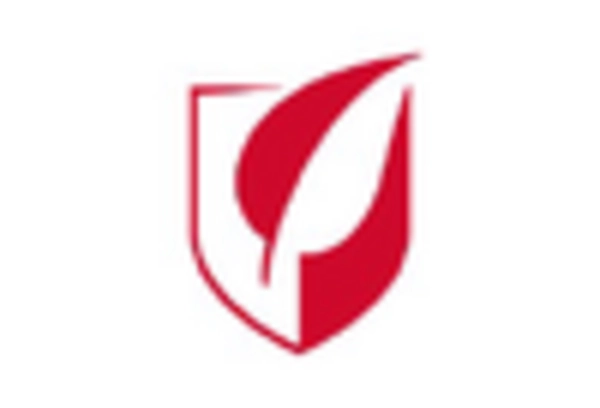










Leave a Comment